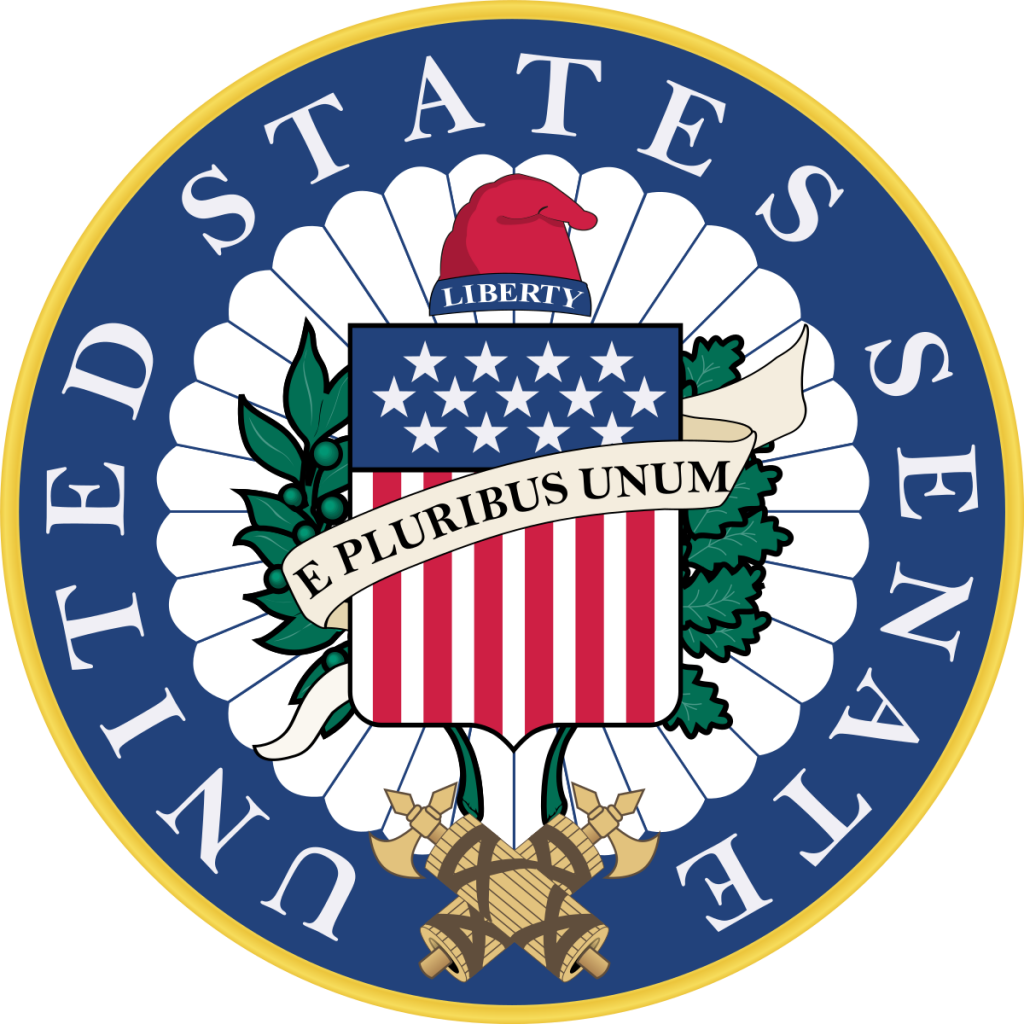 Senate Bill 3880, the SMART Copyright Act of 2022 was introduced in the US Senate by Senators Patrick Leahy (D-Vermont) and Thom Tillis (R-North Carolina). It is intended to put a process in place to promote consensus-based technical countermeasures against copyright infringement that are widely available and can be implemented by any service provider.
Senate Bill 3880, the SMART Copyright Act of 2022 was introduced in the US Senate by Senators Patrick Leahy (D-Vermont) and Thom Tillis (R-North Carolina). It is intended to put a process in place to promote consensus-based technical countermeasures against copyright infringement that are widely available and can be implemented by any service provider.
Edit December 2022: A counterpart to the bill was introduced in the US House of Representatives, as HR-9541, the SMART Copyright Act of 2023 by Judy Chu, D-CA; in December 2022.
Under current US law, online service providers are not held responsible for infringement facilitiated through their platforms, providing that they collaborate with the rights-holder community to develop “‘standardized technical measures’ (STMs) to identify and protect against the distribution of stolen content.”
Senator Leahy’s press release notes that “the current statute provides only one path to establish that a technological measure is a consensus-based STM that must be available to all. As a result, no STMs have been identified since the law took effect. The issue isn’t whether technical measures to combat rampant copyright infringement exist—plenty do—but rather how to encourage service providers to adopt technical measures to combat stealing and facilitate sharing of critical copyright data.”
Highlights of the SMART Copyright Act of 2022
1. Keeps existing legal requirement in 17 USC 512(i) that service providers must “accommodate and not interfere with” standard technical measures to qualify for safe harbor immunity for copyright infringement on their services.
2. Expands ways to qualify for “standard technical measures” (STMs), by allowing technical measures developed for a particular industry (e.g. music, movies) or type of work (e.g. photographs) to be considered for STMs
3. Provides Public Triennial Rulemaking to Designate Technical Measures (DTMs). Service providers must accommodate and not interfere with these measures. This is limited just to providers that host content, and does not result in the loss of safe harbors.
4. Creates Chief Technology Advisor and Chief Economist Positions.
5. Penalizes Big Tech for Not Stopping Copyright Theft. The new designated technical measures proceedings creates new liability for service providers that “host” content.
Counter-arguments: Not everyone is a fan
A number of watchdog groups have raised objections. Public Knowledge said that S.3880 would “…give authority over … unknown and untested monitoring programs to the Copyright Office, which has very little technical expertise and a known history of prioritizing corporate interests over the interests of internet users and individual creators,” and that, if passed, the bill would threaten the open Internet, promote online censorship,
Public Knowledge also was one of 32 signatories to a letter from ‘civil society organizations, trade associations, companies, and academics write to share … collective opposition’ that raised specific objections to changes in sections of US Code, should S.3880 pass.
- Changes to a part of the Digital Millennium Copyright Act (DMCA), 17 U.S.C. § 512(i), the DMCA’s current lack of standard technical measures “is largely because the constructive uses of the Internet and the technologies and media involved have become so diverse. Identifying anything as “standard” under the new proposal, and avoiding technical conflicts between measures so identified, will become more, not less, difficult.”
- A new § 514, in their words, “would … (give) the Copyright Office1 authority far beyond its competence and expertise to identify and mandate such measures, transforming it into an Internet regulator with responsibility for overseeing an elaborate, multi-agency bureaucratic process that would recur every three years.
Further reading:
- A one-page summary of the bill
- A “Myth vs Fact” backgrounder
- The full text of the bill
- Press releases by Senator Leahy and Senator Tillis
Why it matters
The goals behind this bill are worthy, but Piracy Monitor is concerned that some might interpret this as dictating the “how” and not the “what.” The “what” being the desired end result and the “how” being a specific technology or practice that could be replaced with better mousetraps and methodologies as the threat landscape evolves.












